|
#communityengagedart #memoriesat60 #humantrafficking #commercialsexualexploitation
The Ragdoll Project: at the UN, in China and across the country The Ragdoll Project is an ongoing community art project created by Joanna Fulginiti and Bonnie MacAllister and members of the Philadelphia Chapter of the Women's Caucus for Art. It educates and encourages dialogue about human trafficking and commercial sexual exploitation (CSE). Sales of the dolls supports survivors and at risk women and children. I first saw the project and dolls when I had a piece in "Honoring Women's Rights, Echoing Visual Voices Together" at the National Steinbeck Center, 2012-2013. The variety and multiplicity of dolls hanging on the wall stopped me in my tour of the exhibition. I reached out to Joanna to see how I could get involved. A multi-year relationship ensued. Maureen Burns-Bowie (Women's Caucus for Art UN Program Chair and UN Rep) and I (as WCA's International Caucus Chair and UN Rep) took them to the United Nations Commission on the Status of Women conference in 2013. A version of the dolls came with us to China for "Half the Sky: Intersections in Social Practice Art" in 2014 and was part of Karen's and my exhibition at St. Mary's College "Social Justice: It Happens to One, It Happens to All" in 2016. Joanna, Bonnie and Eva and crew have shown them and created workshops in many, many other places. While cutting out fabric and making the dolls, we sent out our collective hope for the end of trafficking. As we all know, there has been no end to it, but awareness is growing. The Ragdoll Project Committee: Joanna Fulginiti (Chair), Bonnie MacAllister, Rachel Udell, Eva Preston, Heather Penn, and Jeanne Lombardo.
0 Comments
#CommunityEngagedArt #interracialharmony
Judy Baca Inspiration and Motivation ... Taking my community-engaged work to the next level, with a generosity of spirit .... that is what I came away with after having breakfast with Judy Baca after the Women's Caucus for Art's Honoring Women's Rights conference and exhibition at the National Steinbeck Center in 2012. As the founder of the first City of Los Angeles Mural Program in 1974, which evolved into a community arts organization known as the Social and Public Art Resource Center (SPARC), she is best known for "The Great Wall of Los Angeles" which was "tattooed along a flood control channel in the San Fernando Valley and employed over 400 at risk youth and their families from diverse social and economic backgrounds working with artists, oral historians, ethnologists, scholars, and hundreds of community members. The Great Wall depicts a mile long multi-cultural history of California from pre-history through the 1950’s." "Underlying all of Baca and SPARC’S activities is the profound conviction that the voices of disenfranchised communities need to be heard and that the preservation of a vital commons is critical to a healthy civil society." Her other projects include: The World Wall: A Vision of the Future Without Fear - "in addition to being able to imagine nuclear destruction, we must also be able to imagine peace," Tiny Ripples of Hope / Seeing Through Other’s Eyes (2010) - about the optimism–and hope–that surrounded Robert Kennedy’s pursuits #memoriesat60
The Messiness, Democracy and Hope of Civil Society The 64th Annual United Nations DPI/NGO Conference: Sustainable Societies, Responsive Citizens Bonn, Germany, 3-5 September 2011 Priscilla Otani, president-elect for our Women's Caucus for Art, and I attended as representatives of our NGO. Here is part of my report: The happy sounds of many languages filled the six floors of the Maritim Hotel atrium as the conference began. At the Opening Ceremony, I found myself surrounded by businesswomen from China, people in niqab, saris, and caftans, youth, and many nuns (Catholic, Buddhist, Hindi) some of the representatives of more than 400 NGOs in attendance. We quickly coalesced into the "we the peoples" that starts the Charter of the United Nations. Preamble to the Charter of the United Nations. I soon had a sense of both the messiness and wonder of civil society and how years of UN conferences have distilled a method for collecting the varied perspectives, views and recommendations asked for, in this case, by the General Assembly in preparation for the Rio+20 Conference on Sustainable Development scheduled for June 2012 in Brazil. At each of the Roundtables, to which all were invited, high-level experts spoke on the topics after which respondents from government reflected back or challenged them on their thoughts. Four to five questions at a time were then taken from the audience and the panel responded. UN staff recorded each of these discussions. The same process, minus the respondents, occurred in the many workshops. Side events gave even more intimate discussion opportunities as did the exhibits, both of which WCA was a part. UN Conference board members worked tirelessly throughout the three days to add to, edit and condense all of this information into the final declaration that reflected the expectations of NGO participants and civil society leaders for the governments attending Rio+20. The declaration was openly discussed for a final time at the closing. Individuals were able to come to the mike, ask for word changes, minor deletions and additions, before the assembly was asked, by show of applause, to accept or reject the declaration before it was given to the German government for presentation to the U.N. General Assembly. We need to TEACH PEOPLE FLEXIBILITY - how they can do best with current knowledge and how to change as new information arises, how to deal with a tomorrow that is so different from today without getting lost and fearful. We no longer have TIME to polarize. We need to end cynicism. We need to celebrate courage and innovation. Felix Dodds, Chair, 64th DPI/NGO Conference - "THE FUTURE IS NOT A GIFT, it is an achievement. The future does not belong to those who are content with today or to those who lack the courage to force change that is needed." Everyone needs to mobilize, volunteer and take action. At closing ceremony, Flavia Pansieri, Head of the Consultative Forum of the Heads of UN Agencies in Germany, asked everyone who has engaged in a cause without expectation of payment to stand - 100% stood. The spirit of VOLUNTARISM in participants from developing and developed countries alike was huge. "Of course we volunteer, why wouldn't we do our part for the future of the world." Not everything is worse. Many positive accomplishments are not picked up by the world's media. The eco village concept - conscious design for long-term sustainability and resilience - is rapidly expanding with over 600 established eco villages around the world and 100+ in the U.S. The country of Senegal is committing a large portion of its budget to transforming struggling traditional villages into ecovillages. Here is the story about Senegal's eco villages Fair Trade Towns - communities in which people and organizations use their everyday choices to increase sales of Fairtrade products and bring about positive change for farmers and workers in developing countries - are also expanding with over 1000 internationally and 23 in the U.S. as of April. http://www.fairtradetowns.org To combat the serious lack of drinking water in areas of western China, the Water Cellars for Mothers Project developed and built water collecting devices, each holding a year's worth of rain water for one family. Over 1 million people benefited from this project in 2010 Water Cellars for Mothers Project #womenscaucusforart #COMMUNITYENGAGEDART S.A. Bachman/Neda Moridpour/Louder Than Words "LOUDER THAN WORDS is a cross-cultural, intergenerational art collective that targets sexual assault, domestic violence, women and migration, LGBTQ+ equality, and jail reform ... We strive to ignite civic dialogue, unravel obstacles, reorder entrenched cultural gridlock, and generate languages of critique and possibility." Their presentation of "These Walls Can Talk" during "Half the Sky: Intersections in Social Practice Art", which I directed in China on behalf of the Women's Caucus for Art, was a powerful, interactive event with Chinese students and faculty and addressed "domestic violence. It alludes to domestic space by juxtaposing wallpaper with information on gender violence, video, and “don’t remain silent” stickers. The wallpaper design incorporates a number of common objects that are frequently used to inflict injury: fists, knives, belts, guns and irons. Conversely, the video presents famous world leaders including President Obama and King Abdullah of Saudi Arabia reciting Jackson Katz’s 10 Things Men Can Do To Prevent Gender Violence." As socially-engaged artists, activists and educators, S.A and Iranian-born Neda, continue to develop community-engaged projects, including: "Women on the Move" " transforms a 26-foot truck into a mobile billboard and resource center to address sexual assault, harassment and domestic violence" and "Vehicle for Change" which will transform" a 26-ft truck into a mobile billboard and resource center addressing jail reform and incarceration alternatives in L.A. County. The truck will travel throughout L.A County promoting passage of the 2020 ballot initiative, registering voters, educating, participating in healing justice events." A link to a video about them is posted in the comments. Photos by Christine Giancola and courtesy of the Louder Than Words website. When Priscilla Otani and I decided to piggy back on the success of her previous postcard projects for the Women's Caucus for Art and the United Nations, we had no long range goals other than to give women, men and children a chance to consider the impacts women have had on the economy, human rights, education, the environment, world health religion, the arts, sports, politics and peace. We were inspired by the work of the UN Women's HeForShe campaign and its Beijing+20 program, celebrating the First World Women's Conference.
The call went out and the cards came in - steadily and from around the world, starting with a post card making gathering at my house and including gatherings in the Bay Area and classrooms around the country. The growing collection traveled, in 2015, to the WC and CAA Conferences, to the UN Commission on the Status of Women Conference and our International Caucus UN Program parallel event there, to Honey's Cafe in Red Lodge, Montana, and, in 2016, to the Torpedo Factory Art Center in DC, the Women's History Month Exhibition at St. Louis Florissant Valley Community College (near Ferguson), Arc Project Gallery in San Francisco and ... all were collected in our online gallery. Some samples are above. The resulting mosaic of cards is a rich and inspiring diversity of media and message and women! Thank you to all who nurtured this along its path, including Maureen Burns-Bowie, Janice Nesser, Maggy Hiltner, Kerry Wolfson, Cherie Redlinger, Michael Yochum, and Stephen Wagner. More information and photos of events at https://www.sherricornett.com/women-do-it-traveling-postcard-exhibition.html As part of the processing of our massive project in China, "Half the Sky: Intersections in Social Practice Art," several of the artist delegate leaders and I applied for and received a panel at the annual Open Engagement Conference, the artist-led initiative committed to expanding the dialogue around and serving as a site of care for the field of socially engaged art ... this year at Carnegie Melon University in Pittsburgh. Here is the conversational blog we created for the conference catalog:
In April 2014, artist volunteers from the Women’s Caucus for Art (WCA) created an exhibition and interactive events for women artists in China and the U.S. at Luxun Academy of Fine Arts in Shenyang, China, entitled “Half the Sky: Intersections in Social Practice Art (HTS:IISPA)” We were invited by the academy’s president and gallery director, who wished to create a dialogue between artists and their works about women’s issues. WCA has a 40+ years history of activist art, yet the choices about the collection of art and the events we brought to China were greatly influenced by the political and cultural restrictions there. Here is a conversation about our decision-making and reflections over time about our experience from some of the thirteen working delegates who went to China as key figures in this project Blog participants:
PRISCILLA OTANI: We had a serious debate just prior to our social practice art interactive pieces. I recall that we felt conflicted and debated as to whether we should cancel or go forward with the performances. In the end, we decided to go forward. I felt our discussion, and what ensued, was an important milestone. Some of the unease came from a cultural sensitivity, a feeling of not wanting to impose Western values and standards on Chinese students, artists and academics who may not have the same perspective or readiness. I remember making a comment that our role was to “sow the seeds of discomfort,” to bring forth concepts and ideas that may be new, strange and uncomfortable. Of course I didn’t know if in fact we would have any impact at all, or if we would have even an audience. In the end, I felt very good about the events of the day. And after viewing the short video created by Mido Lee, I was surprised at how much of an impact we did have, and based on recent letters, how the women-based exhibition and performances continue to have on students at the Luxun Academy. Nearly a year after our Half the Sky project, in what ways have your views and opinions about what happened with our socially-engaged events at the Luxun Academy changed or evolved? The 64th Annual United Nations DPI/NGO Conference:
Sustainable Societies, Responsive Citizens Bonn, Germany, 3-5 September 2011 Priscilla Otani, president-elect for our Women's Caucus for Art, and I attended as representatives of our NGO. CONFERENCE OVERVIEW The happy sounds of many languages filled the six floors of the Maritim Hotel atrium as the conference began. At the Opening Ceremony, I found myself surrounded by businesswomen from China, people in niqab, saris, and caftans, youth, and many nuns (Catholic, Buddhist, Hindi) some of the representatives of more than 400 NGOs in attendance. We quickly coalesced into the "we the peoples" that starts the Charter of the United Nations. Preamble to the Charter of the United Nations Ban Ki-Moon, Secretary-General of the United Nations, via, video, set the tone for the conference. "We have to be prepared to make major changes…in our lifestyles, our economic models, our social organization, and our political life." He talked about "tearing down the walls between the development agenda and the climate agenda." The call to action for this conference was: COMMIT! ENCOURAGE! VOLUNTEER! I soon had a sense of both the messiness and wonder of civil society and how years of UN conferences have distilled a method for collecting the varied perspectives, views and recommendations asked for, in this case, by the General Assembly in preparation for the Rio+20 Conference on Sustainable Development scheduled for June 2012 in Brazil. At each of the Roundtables, to which all were invited, high-level experts spoke on the topics after which respondents from government reflected back or challenged them on their thoughts. Four to five questions at a time were then taken from the audience and the panel responded. UN staff recorded each of these discussions. The same process, minus the respondents, occurred in the many workshops. Side events gave even more intimate discussion opportunities as did the exhibits, both of which WCA was a part. UN Conference board members worked tirelessly throughout the three days to add to, edit and condense all of this information into the final declaration that reflected the expectations of NGO participants and civil society leaders for the governments attending Rio+20. The declaration was openly discussed for a final time at the closing. Individuals were able to come to the mike, ask for word changes, minor deletions and additions, before the assembly was asked, by show of applause, to accept or reject the declaration before it was given to the German government for presentation to the U.N. General Assembly. KEY CONCEPTS The two key foci of the upcoming Rio+20 are green economy and poverty reduction with the aims of increasing corporate social responsibility, abolishing perverse subsidies (nuclear, oil), financing local sustainable development, and increasing transparency, accountability and opportunities for redress. Sustainable development is meeting the needs of the present without compromising the ability of future generations to meet their own needs. Our EMPHASIS needs to be on these FUTURE GENERATIONS and preparing them to be responsive citizens as they will have no choice but to transition to sustainability. I have a feeling that full, if that is indeed possible, processing of this multi-layered, complicated yet rewarding and surprising project, will take months, if not years, but here is an overview and some initial responses ....
In March 2013, Wei Er Shen, President of LuXun Academy of Fine Arts in Shenyang, Liaoning Province, China invited the Women’s Caucus for Art (WCA), through Jin Deng, to create an art-based cultural exchange and exhibition between artists and essayists juried through WCA and women artists curated in China. He and the Gallery Director Wang Yi Gang were interested in providing an opportunity for Chinese women artists to interact with artists from our organization, to learn more about feminist art history in the west and share their art with our artists. As the Main Representative to the United Nations for and Director of the International Caucus of the Women's Caucus for Art, I enthusiastically embraced this opportunity to direct this project and to further dialogue around women's issues within the framework of an exhibition. In addition to the exhibition, Half the Sky: Intersections of Social Practice Art included a sixteen-member delegation of selected WCA members, thirteen of whom, traveled to Shenyang for the opening of this exhibition and participated in three days of interactive events with the Chinese artists and students of the Academy. Over twenty-five volunteers from the U.S., working in teams, developed, prepped, installed, documented, publicized, fundraised, published, facilitated and traveled to create the many layers of this project. Logistics were beyond daunting, including the bilingual catalog, but, once one begins negotiations with a government such as China, one feels one must proceed, with hopes and bits of promises that the discoveries and connections and knowledge shared between our cultures would, indeed, like child birth, erase the challenges of remote management. And, the results certainly did. A small village of volunteers made this possible: I just rung off with Maureen Burns-Bowie , our WCA International Caucus UN Program Director, and still have chills of excitement and emotion from her description of our UN Program's presentation, "Impressions: Artists Consider the Millennium Development Goals" at the UN Commission on the Status of Women Conference. The packed room was profoundly moved by how our artists document and empower through their work: Ann's with the Rwandan genocide, Mary's with the widows from the Cambodian killing fields, Allison teaching women in Laos to photograph their lives. These women brought professionalism, responsibility, accountability, earnestness and dedication to this project. This is what it takes to pull off a stunning and impactful event. This demonstrates why WCA is an NGO of the UN and how, when we up our game, when we set standards for excellence as artists and activists, the results continue to echo in meaningful ways in our communities and the larger world. My gratitude and congratulations to all involved, but especially to Maureen for having the vision, for finding and bringing these impressive women together and for making this happen. More information and images will come soon from this group and I am happily anticipating them. Yes, artists do change the world.
My words as I narrated the introduction: "Throughout its NGO relationship with the the UN, the Women's Caucus for Art, of WCA, and its artists have created projects that cut across language and cultural barriers to bring attention to world issues. In this film, we will be sharing a rich array of artists and their works, all of which aim to start conversations, birth new ideas, support political freedom and transparency, expand the voices of all people, and create community, To honor Priscilla Otani fully for her commitment to the Women's Caucus for Art - national, international and chapter levels, for her earnest mentoring of women, for her passion for global issues, for supporting artists with San Francisco-based ARC gallery, in which she and her husband Michael are partners and, and… is daunting. Her sharing of her intelligence, experience and business perspectives have reach so many and on many levels. Monday's national WCA board meeting was her last as reigning (yes, Karen and I gave her a crown) president. This was a very challenging year for WCA and some, in her new position as past-president, may choose to sit back and rest. Yesterday, she was excitedly talking about getting into her new additional role as interim treasurer and about her part in our Half the Sky delegation to China in April.
My connection with Priscilla began when I crashed a WCA meeting in NYC a few years ago in order to find out more about this art & activism organization. As soon as Priscilla began talking about her then-role with the WCA international committee and the WCA's NGO status with the UN, I was hooked - not just by the possibilities, but by her. Since then she has generously spent countless hours encouraging and mentoring me - convincing me to go to Bonn, Germany for the UN DPI/NGO Conference on Sustainability, at which we decided to push WCA's international focus beyond the UN to other global collaborations and then making it enticing for me to be the leader of this effort. Who knew two years ago, that I would be developing projects in South Korea and China? Certainly, not me. And mine is just one example of how Priscilla invests herself, her time, her heart into the women around her. Priscilla is the kind of leader who makes volunteer-run organizations, such as WCA, stay effective. It is not just the number of hours she gave to make WCA work last year as she ran a board with key positions unfilled, but the priority she places on assisting her colleagues and the younger women coming into WCA as they define and expand their career paths and passions. As one of those who has benefited greatly by her immense generosity, I want you to know, Priscilla, that I am a better person from knowing you and am forever grateful. Hye-Seong Tak Lee, a Korean Women's Caucus for Art Member-At-Large, independent curator, artist and lecturer at Gwangju University, spontaneously flew over to Los Angeles for the Women's Caucus for Art Conference and, in particularly, to attend the inaugural meeting for the newly formed International Caucus, for which I was the Director. She had no room at the hotel, so I offered her my extra bed. What she added to this already whirlwind of a kickoff, was a proposal for a collaboration between WCA artists and Korean women artists for exhibitions in South Korea. I had never directed an exhibition, especially an international one, but, my natural instincts to say YES and have faith in my abilities as a quick learner won out. This conference was in February of 2012 and the exhibitions, just concluded!
With Priscilla Otani's guidance, and many odd-hour conversations with Hye-Seong, with her as director and me as co-director, we tackled the complicated international logistics:
Woman + Body explored the range of sexual identification - female, transgender, and male - with a contemporary, 21st century view. The subject of the female body was well-explored in the 1960's and produced many discourses in the 90's, related to such issues as AIDS, cosmetic surgery, stereotyping and discrimination, but what is new? 1) Woman's Body as Subject: unabashed exploration of women's bodies and women's desires- unaltered, unadulterated images that set a new standard of beauty. 2) Transformation and Crossover: Bodies altered through cosmetics, cosmetic surgery, tattoos, sex change, cross dressing, costuming and other means to achieve a metamorphosis. 3) Man's Body as Subject: a woman's view of the male body - affectionate, lustful, critical, envious. There was little English spoken, but, somehow, even when Hye-Seong was not there to translate, we communicated our collective thoughts on living as self-identified women. Shared meals and a night of Karaoke (with many repeats of the song "Gangnam Style", since we were in the Gangnam section of Seoul and the song is bi-lingual) broke down many barriers. The obvious matriarch of the South Korean artists was Park Youngsook, who graciously toured us around the Bukchon Hanok Village historic area and invited us to tea. The short time line for this project was crazy-making, but the end product and the reception by the women artists there were deeply rewarding. I created a video of the exhibitions: vimeo.com/99755522 |
AuthorA place to decant my brain, to capture inspiration and share fresh insights. [Posts from 2015 onward] Categories
All
Archives
July 2024
|

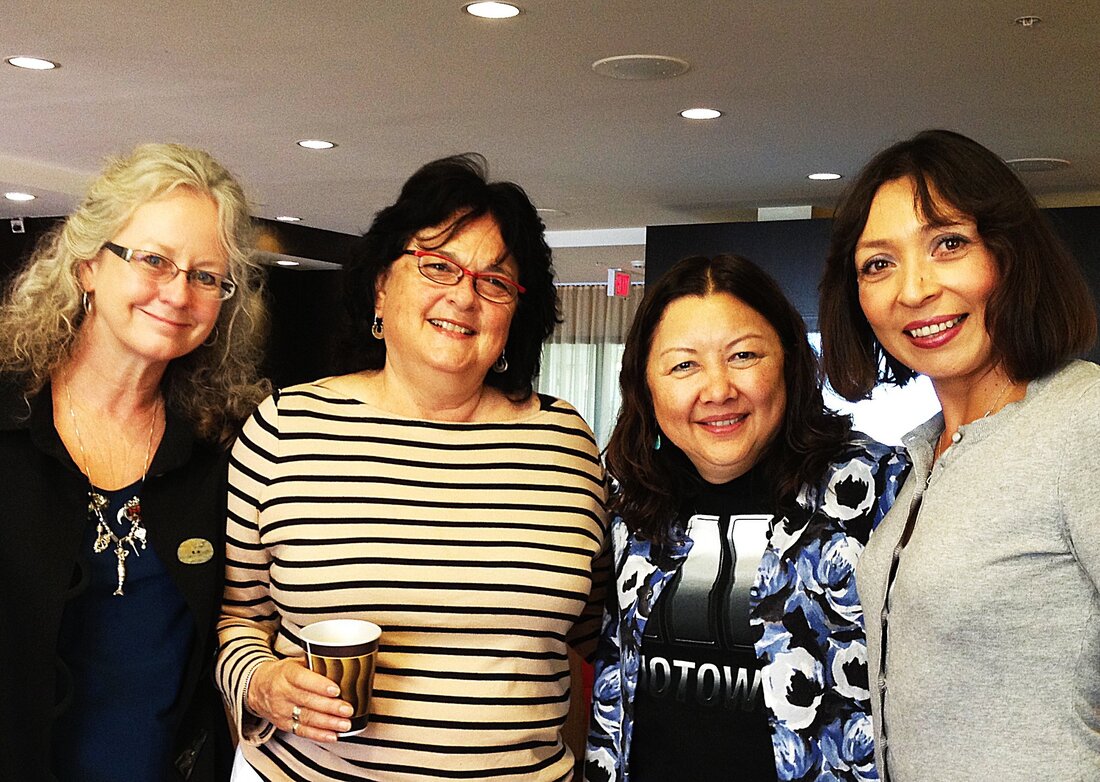
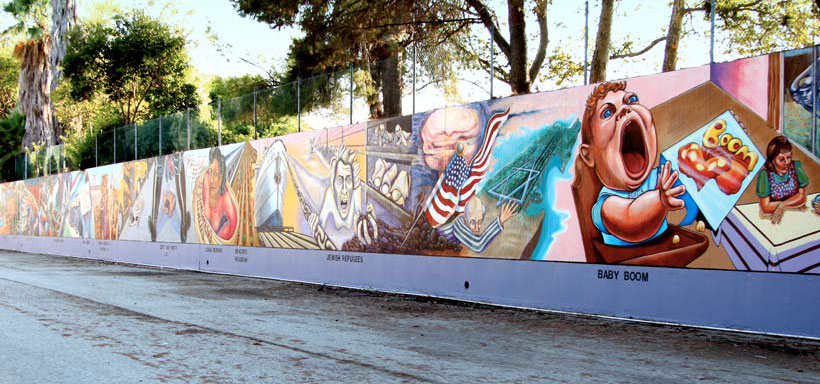
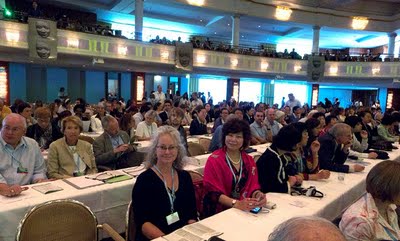
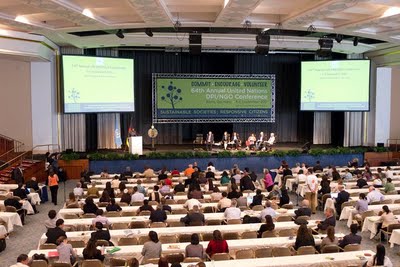
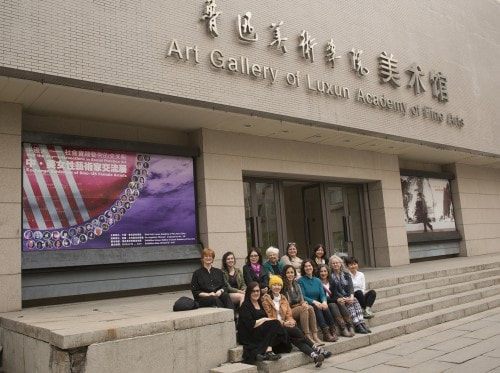
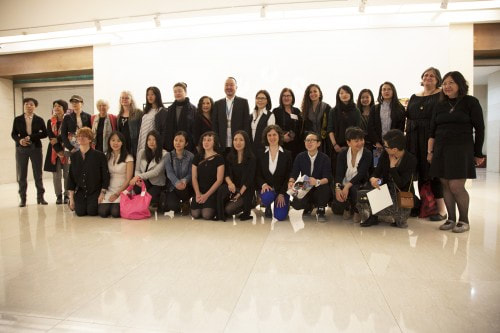
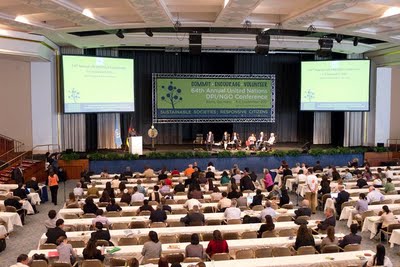
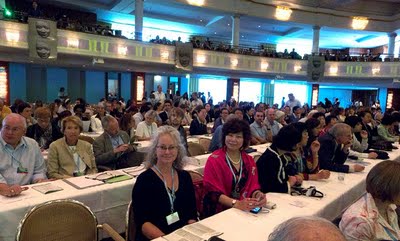
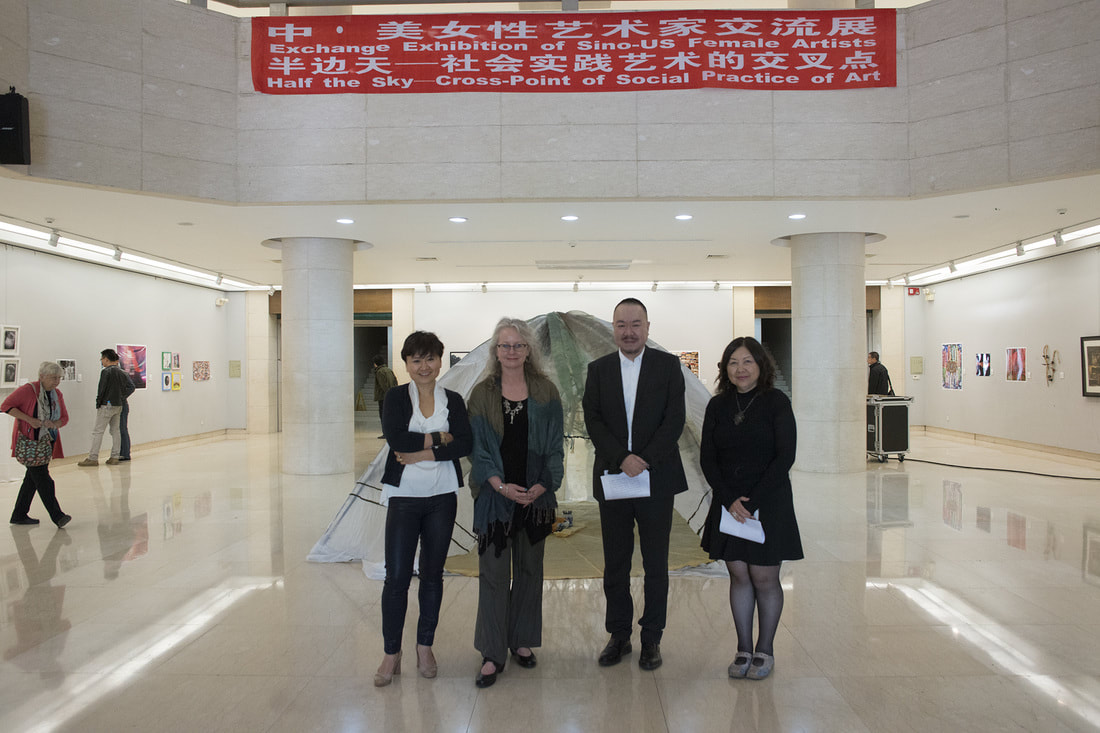
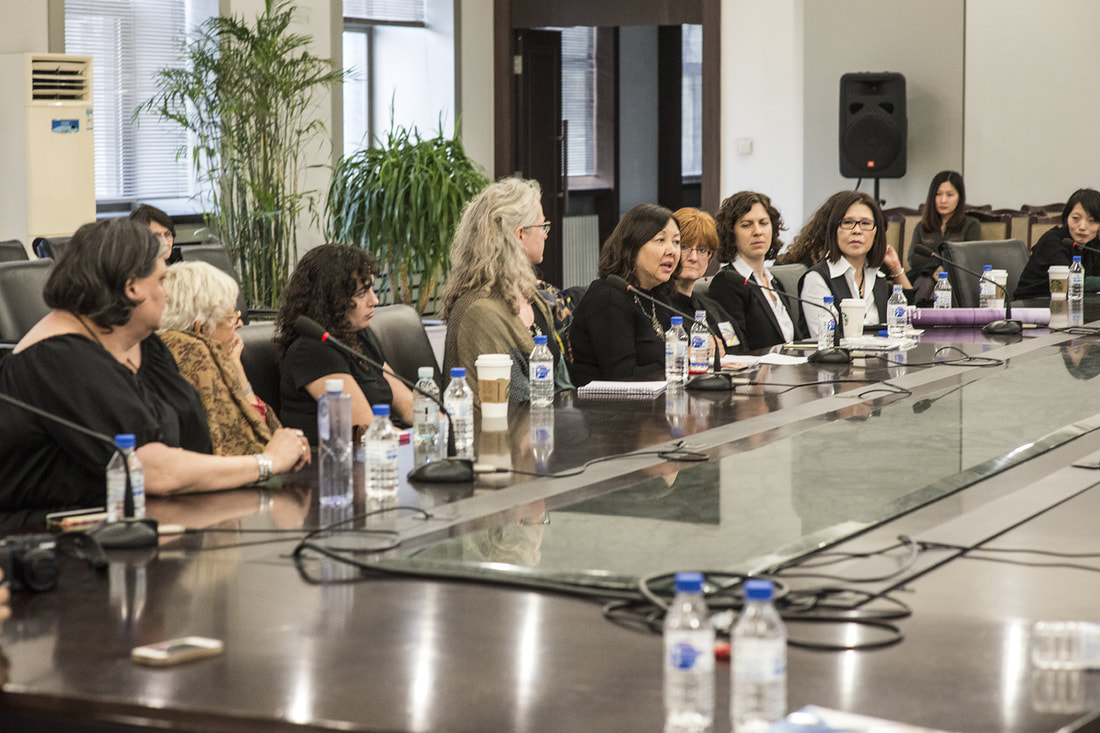
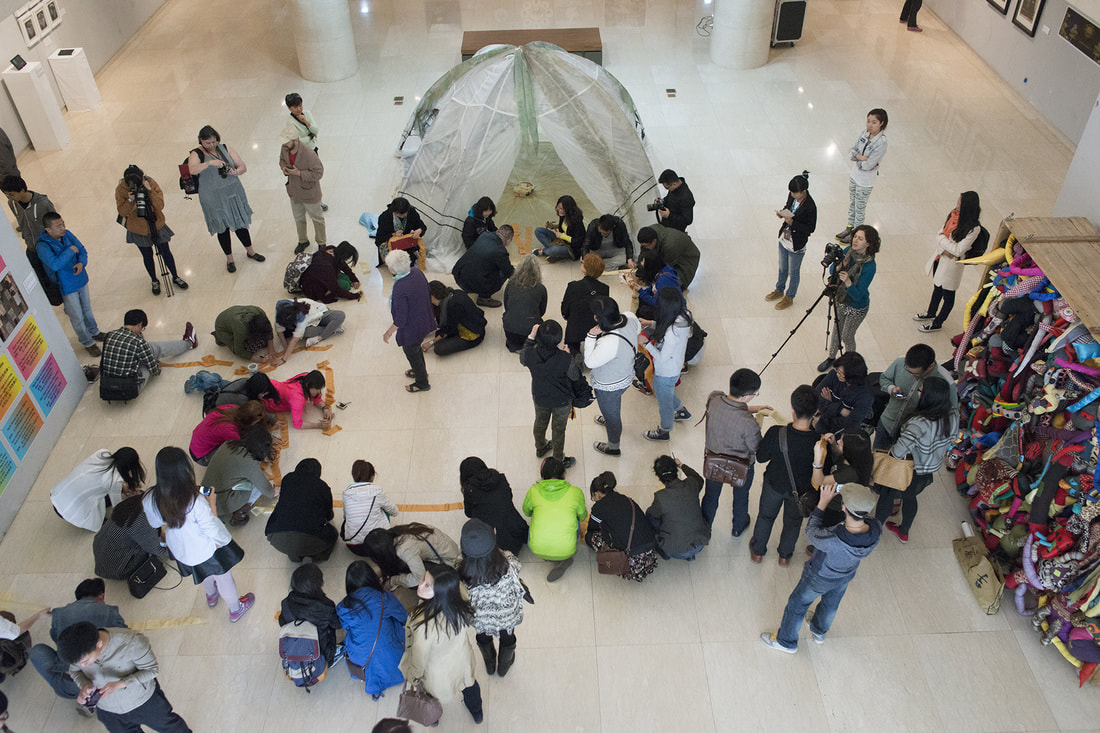
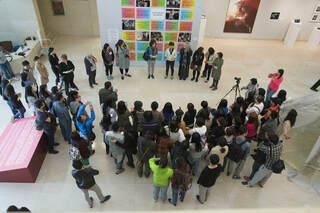
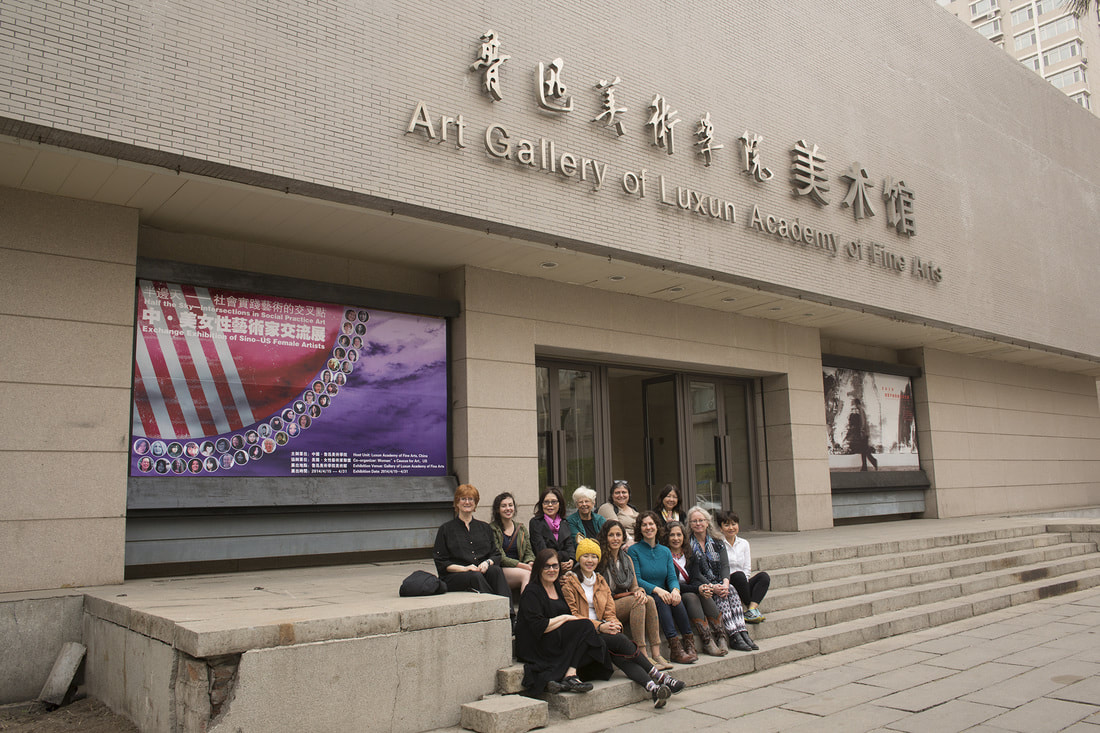
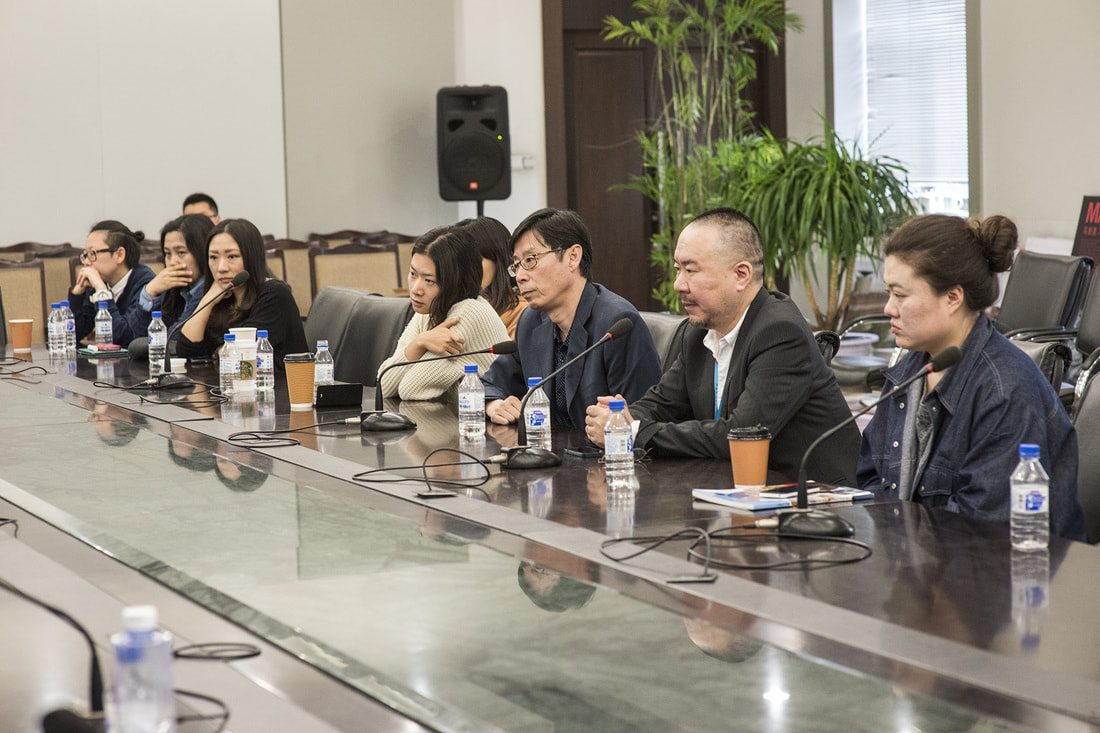
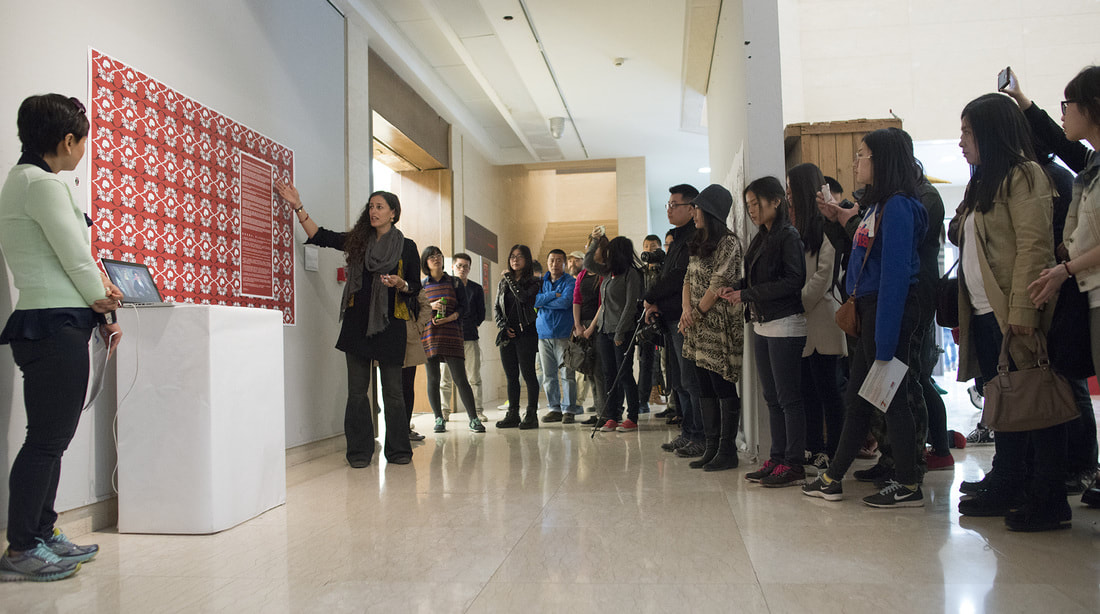
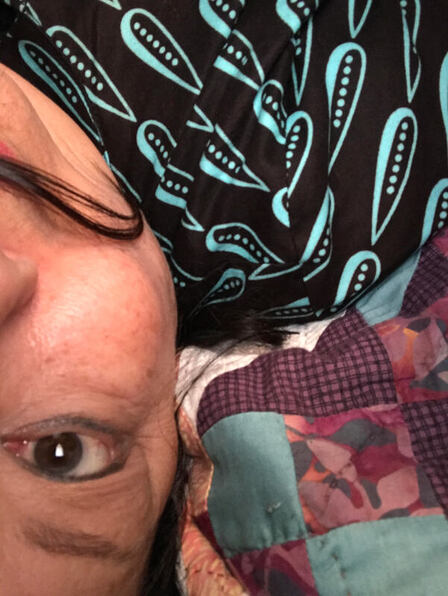

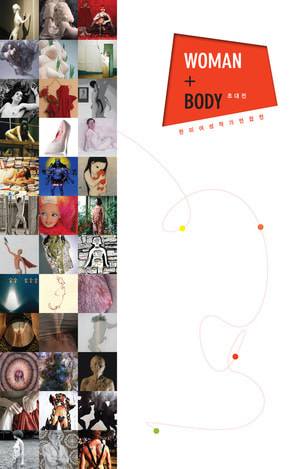
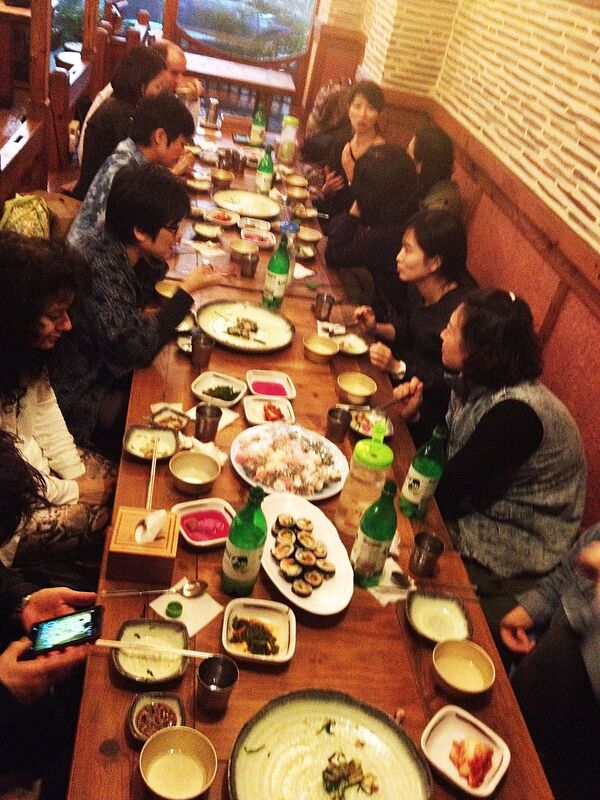
 RSS Feed
RSS Feed